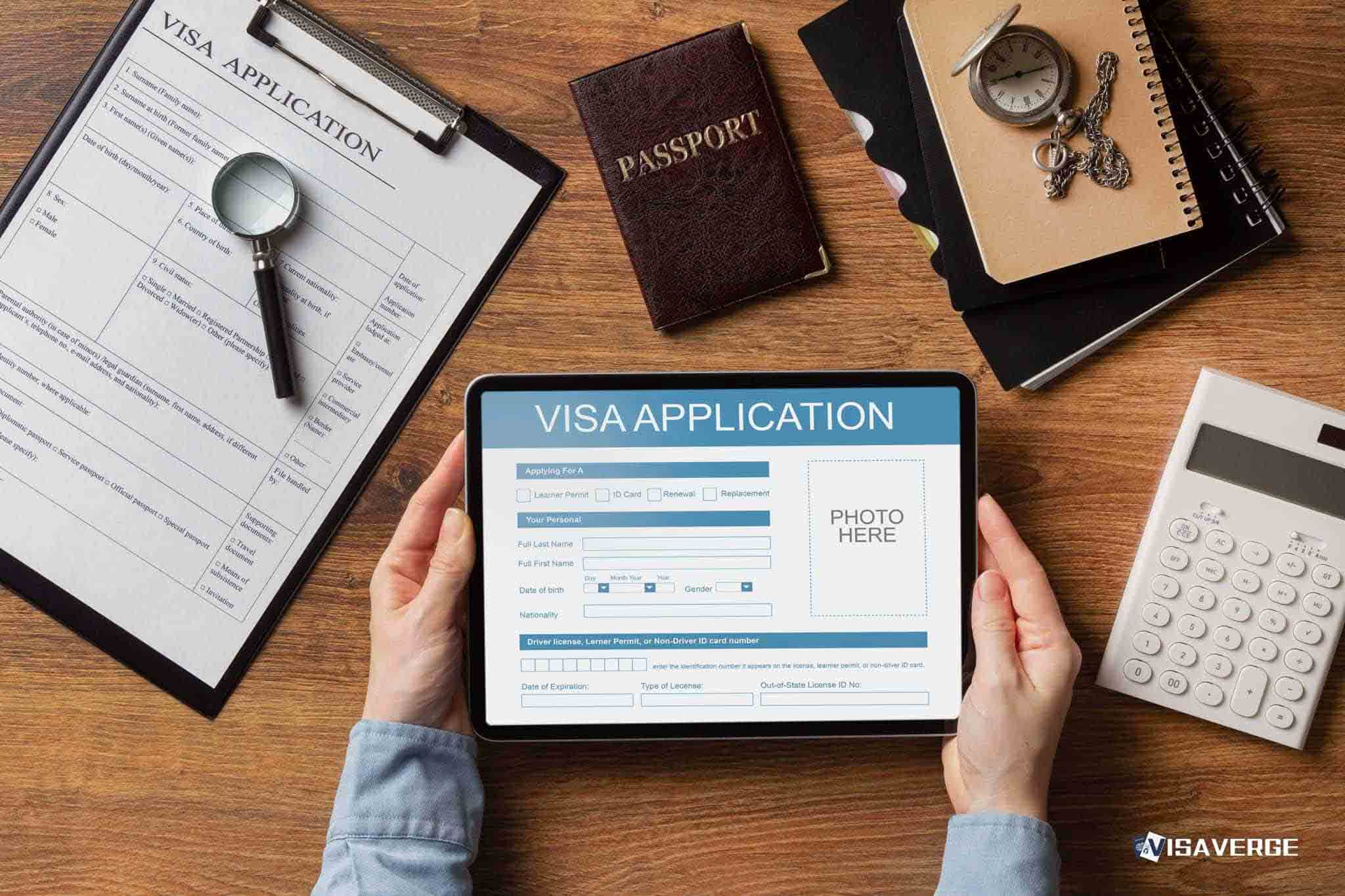Exploring New Research Opportunities: J-1 Visa Categories
Are you looking to do research in the United States in an area that doesn’t fit into the current J-1 visa categories? You might be pondering how to add a new category or modify an existing one to suit your needs. Navigating the complexities of U.S. immigration policies can be daunting, but understanding your options is the first step towards achieving your research goals.
Understanding J-1 Visa Categories
The J-1 visa is a non-immigrant visa that allows individuals to participate in work-and study-based exchange visitor programs. It includes various categories, such as students, trainees, teachers, and researchers, to promote cultural exchange and mutual understanding between different countries. The categories are outlined and managed by the U.S. Department of State.
Petitioning for a New or Modified J-1 Category
Creating a new J-1 visa category or petitioning for a modification is not a straightforward process. It involves engaging with the U.S. Department of State and possibly other governmental agencies. Here’s a step-by-step guide to help you get started:
- Research Existing Categories: Ensure that your research area genuinely does not fit into any of the existing J-1 categories. Sometimes, an interdisciplinary approach or slight adjust in the project’s framework can align with current categories.
- Consultation with Experts: Speak with an immigration attorney or an expert in J-1 visa matters to understand the feasibility of creating a new category or amending an existing one.
- Prepare a Strong Case: If advised to proceed, prepare a thorough proposal highlighting the benefits of your research to the U.S. academically, culturally, and economically.
- Engage With Sponsor Organizations: Collaborate with U.S.-based institutions or organizations that can act as sponsors. They would be pivotal in presenting your case to the State Department.
- Official Petition: Your sponsoring organization can then send an official petition to the State Department requesting the creation or revision of a J-1 category.
Bear in mind that this process can be lengthy and has no guaranteed outcome. The decision to create a new category or change an existing one is entirely at the discretion of the U.S. government and is influenced by various factors, including national interests and policies.
Final Thoughts
Exploring and pursuing research in new fields is critical for innovation and progress. While the procedure to create or adjust J-1 visa categories may seem complicated, with the right guidance and support, it’s possible to navigate through it. For official information and the latest updates, refer to the U.S. Department of State – Bureau of Educational and Cultural Affairs and the United States Citizenship and Immigration Services (USCIS).
Embarking on this journey requires careful planning and patience. But the rewards of contributing fresh perspectives and knowledge to the academic and cultural fabric of the United States can be immense.
And there you have it, my friend! Navigating the wild world of J-1 visa categories may feel like hacking through a dense jungle, but don’t fret! With some expert advice and a strong case, you might just bring a new category to life. Remember to stay patient and persistent as you blaze your trail. And hey, if you want more juicy visa tidbits, head on over to visaverge.com. Happy exploring!
This Article in a Nutshell:
Looking to do research in the US that doesn’t fit into current J-1 visa categories? Adding a new category or modifying an existing one could be an option. However, it’s a complex process involving the US Department of State. Consult experts, prepare a strong case, and engage with sponsors. Be aware that the outcome is uncertain. For more information, visit the US Department of State or USCIS websites.














